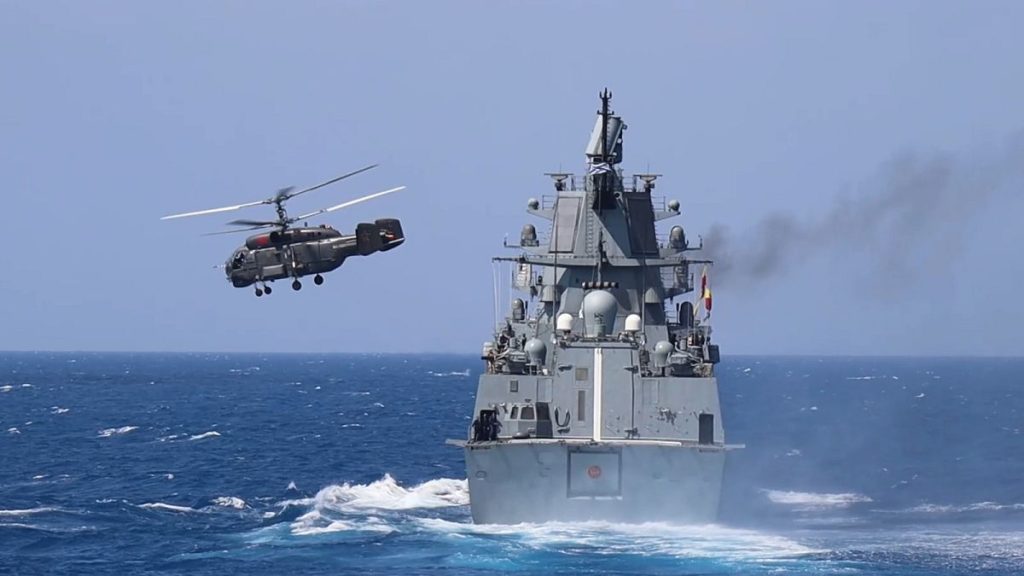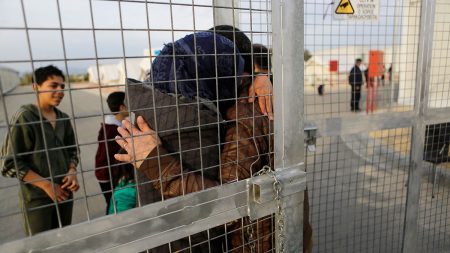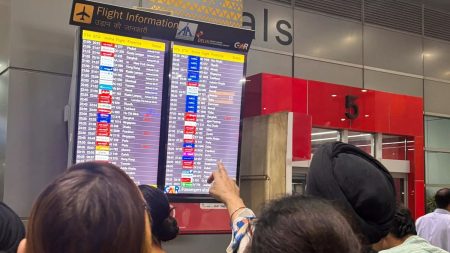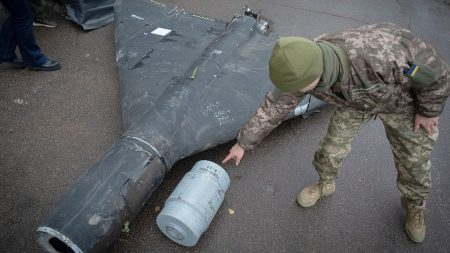The abrupt overthrow of Syrian President Bashar al-Assad, a long-standing Kremlin ally, has cast significant uncertainty over the future of Russia’s strategically vital military bases in Syria. These bases, the Tartus naval facility on the Mediterranean coast and the Khmeimim Air Base near Latakia, represent Russia’s sole direct access to the Mediterranean and serve as crucial hubs for naval operations, warship deployment, and even the potential hosting of nuclear submarines. Their presence has allowed Russia to project power in the region and further afield, particularly in Africa. The sudden shift in power in Syria, with reports of rebel control over Latakia province where both bases are located, has raised concerns about Russia’s continued access to these strategically important assets.
While the Kremlin officially denies any plans for withdrawal, asserting efforts to secure the bases through negotiations and claiming existing agreements guaranteeing their safety, conflicting reports have emerged suggesting a potential Russian retreat. Ukrainian military intelligence claims that Russia is actively removing weaponry, equipment, and personnel from its Syrian bases, utilizing transport aircraft for evacuation. Furthermore, satellite imagery analysis, cited by the Institute for the Study of War (ISW), indicates the movement of Russian warships away from the Tartus port, suggesting a possible precautionary measure or even a partial withdrawal. These conflicting narratives create a complex picture of Russia’s intentions and the ultimate fate of its Syrian bases.
The potential loss of these bases would represent a significant setback for Russia’s geopolitical ambitions. Beyond their regional significance, the Syrian bases serve as a critical logistical link for Russian operations in Africa. The ISW highlights the potential disruption to resupply efforts and troop rotations, particularly impacting Russian involvement in Libya and sub-Saharan Africa. This disruption could weaken Russia’s power projection capabilities and limit its influence in the region, significantly impacting its long-term strategic goals.
Furthermore, the rapid collapse of the Assad regime, partially attributed to Russia’s diverted focus on the war in Ukraine, deals a blow to Russia’s broader Middle Eastern influence. The unexpected speed of the rebel advance underscores the fragility of Russia’s alliances and the limitations of its support in the face of determined opposition. This development raises questions about Russia’s ability to effectively manage multiple geopolitical commitments simultaneously and maintain its influence in key strategic regions.
While the situation remains fluid and information is often conflicting, the potential loss of its Syrian bases underscores the complex challenges facing Russia in the current geopolitical landscape. The war in Ukraine has undoubtedly stretched Russia’s resources and attention, potentially limiting its ability to effectively respond to rapidly changing events in other theaters. The future of the Syrian bases remains uncertain, with the Kremlin attempting to navigate the changing political landscape and secure its interests through negotiations with the new power structure in Syria.
The loss of these bases would not only diminish Russia’s military reach in the Mediterranean and Africa but also symbolize a significant symbolic defeat, undermining its image as a major power broker in the Middle East. The unfolding events in Syria underscore the interconnectedness of global geopolitical dynamics, highlighting how events in one region can have far-reaching consequences for other strategic areas and influence the balance of power on a broader scale. The coming days and weeks will be crucial in determining the ultimate fate of Russia’s Syrian presence and its implications for the broader geopolitical landscape.










